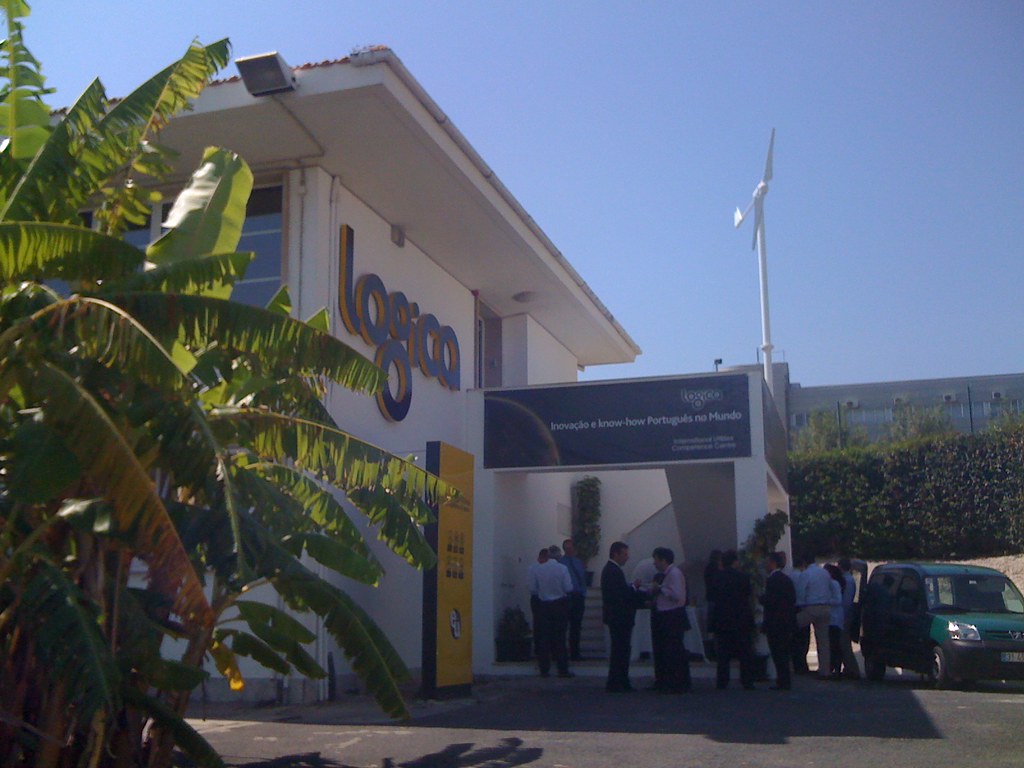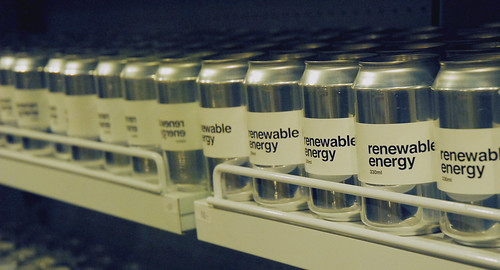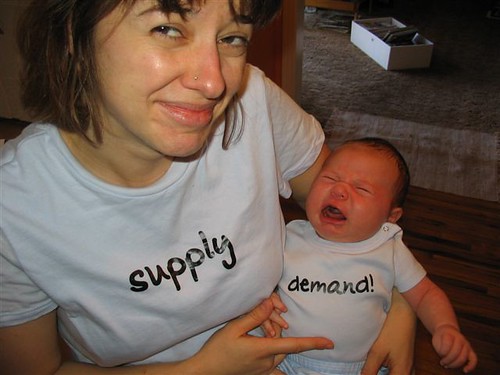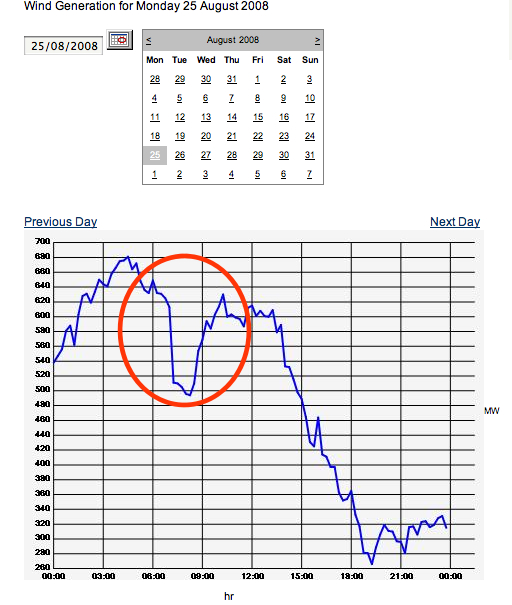
With the summer slowdown in travel, I’m re-instating the Friday Green Numbers Round-up – and so without further ado…
-
Whitehall surpasses 10% CO2 reduction target
Whitehall has surpassed its target of slashing its CO2 emissions by ten percent in one year, achieving a cut of almost 14 percent.
Prime minister David Cameron said central government emissions have fallen by 13.8 percent in the past year, reducing energy bills by an estimated ?13 million.
Topping the table was the Department for Education, which achieved a 21.5 percent cut, while the… Read on
-
Britain’s richest man to build giant Arctic iron ore mine 300 miles inside Arctic Circle
Lakshmi Mittal’s ‘mega-mine’ is believed to be the largest mineral extraction project in the region but threatens unique wildlife
Britain’s richest man is planning a giant new opencast mine 300 miles inside the Arctic Circle in a bid to extract a potential $23bn (?14bn) worth of iron ore.
The “mega-mine” ? which includes a 150km railway line and two new ports ? is believed to be the largest mineral extraction project in the Arctic and highlights the huge… Read on
-
Amazon Resists Pressure To Disclose Data On Carbon Footprint
Amazon revolutionized the retail industry in the United States, and for several years has had a strong presence in Europe and Asia. Its market cap among retailers lags only behind Walmart.
Despite its successes, the e-commerce giant has attracted criticism for a perceived lack of transparency of its carbon footprint…. Read on
-
Facebook in the top 10 most hated companies in America
Business Insider posted an article titled ?The 19 Most Hated Companies In America.? The data was based on the American Customer Satisfaction Index (ACSI), which releases industry results monthly and updates its national index quarterly.
Facebook was placed at number 10. I decided to take a look at just the 2010 data, which is the latest available if you want to see ratings from all the companies in the US…. Read on
-
7 ways cloud computing could be even greener
Forrester Research is the latest organization to explore the link between cloud computing and green IT.
Forrester notes that by its nature, cloud computing is more efficient. But here are seven ways that an IT professional can make his or her cloud computing even greener ? regardless of whether or not the approach is public or private:…. Read on
-
E-On investing $600 million in Illinois wind farms
Northwest of Kokomo, along U.S. 24 near the Indiana-Illinois state line, the horizon is broken by the sight of dozens of wind turbines slowly turning in the breeze.
There, in the small town of Watseka, Ill., E-On Climate & Renewables is putting the finishing touches on the Settler’s Trail Wind Farm, and the company soon will start work on the Pioneer Trail Wind Farm in a neighboring portion of Iroquois County.
E-On also plans to construct a major wind farm across parts of Howard, Tipton, Grant and Madison counties.
Construction on Phase 1 of the Wildcat Wind Farm is…. Read on
-
UK’s two biggest solar installations start generating energy
A huge solar farm in Lincolnshire and another in Cornwall started generating green electricity on Thursday to become the UK’s two biggest solar installations, as developers rushed to beat an imminent cut in government subsidies.
The 1MW Fen Farm solar park and the 1.4MW Wheal Jane park in Truro are two of several such large-scale projects rushing to connect to the grid. They are trying to benefit from a…. Read on
-
AMidway through his career, Christophe Guilmoto stopped counting babies and started counting boys. A French demographer with a mathematician’s love of numbers and an anthropologist’s obsession with detail, he had attended graduate school in Paris in the 1980s, when babies had been the thing.
He did his dissertation research in Tamil Nadu.
As it turned out, Tamil Nadu was in fact one of the states where girls had a better prospect of survival, while in 2001 the northwest, a wealthy region considered India’s breadbasket, reported a regional sex ratio at birth of 126?that is, 126 boys for every 100 girls. (The natural human sex ratio at birth is 105 boys for every 100 girls.) The cause for this gap, Guilmoto quickly learned, was that pregnant women were taking advantage of a cheap and pervasive sex determination tool?ultrasound?and aborting if the fetus turned out to be female… Read on
Photo credit Tom Raftery





